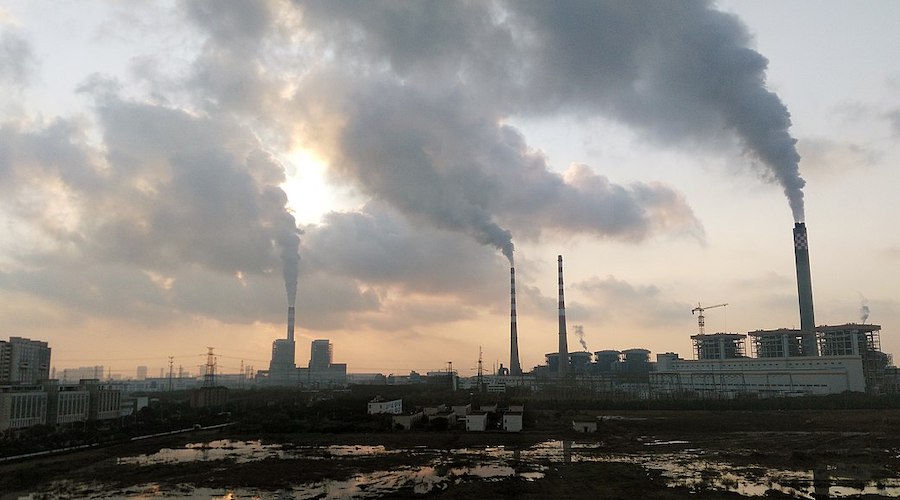
(The views and opinions expressed herein are the views and opinions of the author, John Kemp, a columnist for Reuters.)
China’s drought has sent coal prices surging as traders anticipate the lack of hydroelectric generation will force it to burn more coal to meet electricity demand this winter.
China’s rising coal consumption threatens to worsen a worldwide shortage as power producers in Europe and the United States also turn back to solid fuel in the face of soaring gas prices.
It marks a significant turn around from the first half of the year when heavy rainfall and plentiful hydro generation enabled China to reduce coal use and rebuild depleted inventories.
During the first six months of the year, southern China, where most hydro generation is concentrated, received the highest rainfall since 2016, as monsoon rains arrived early and the region was hit by a series of massive floods.
Total precipitation at Yibin on the border between Sichuan and Yunnan provinces, close the massive Xiangjiaba hydro dam, amounted to 688 millimetres between Jan 1 and June 30.
Precipitation was almost 50% higher than the seasonal average of 460 millimetres recorded between 2014 and 2021.
In response, the central government issued flood alerts and despatched officials to help manage high water levels impounded behind dams across the region.
As a result, China generated a record 729 billion kilowatt-hours (kWh) of hydroelectricity in the first seven months of the year, easily surpassing the previous peak of 651 billion kWh in 2019.
Massively increased hydro generation (+104 billion kWh) supplied almost all the increase in total electricity demand (+128 billion kWh) compared with last year.
There were also significant increases in generation from wind (+61 billion kWh) and solar (+28 billion kWh) and a slight rise in nuclear output (+3 billion kWh).
With more electricity from other sources, generation from thermal power plants, essentially coal, declined (-68 billion kWh), according to the National Bureau of Statistics.
Reduced coal combustion combined with a government campaign to increase mine output and to prioritize coal movements on the railways rebuilt power station stocks that were badly depleted a year ago.
In the last two months, however, low rainfall has sent the entire process into reverse and threatens renewed coal shortages later this year.
Late July and early August should be the wettest period in southern China but this year rainfall was well below normal.
Precipitation at Yibin since the start of July has been just 135 millimetres compared with an average of 464 millimetres in 2014-2021.
Hydroelectric power generation has fallen sharply and likely to remain depressed throughout the remainder of 2022 and into 2023.
Increased coal combustion will have to cover the shortfall, putting more pressure on stocks and requiring long rail journeys from the northern coal fields in Shanxi, Inner Mongolia and Shaanxi to generators in the south.
Domestic coal prices are rising sharply as traders have started to anticipate pressure on inventories and possible shortages.
The most actively traded domestic futures contract on the Zhengzhou Commodity Exchange has climbed to $148 per tonne, the highest for 10 months, up from around $125 at the end of June.
China’s tightening coal supply has started to spill over into higher prices internationally because the country accounts for more than half of global consumption.
Front-month futures prices for coal loaded at Newcastle in Australia have risen to a record $450 per tonne, up from less than $400 at the end of June and just over $200 a year ago.
Coal combustion was already rising in the United States and Europe as power producers switch from expensive gas, intensifying the pressure on inventories.
If it persists, low rainfall along the Yangtze-Changjiang and its tributaries will worsen the global coal shortfall this winter – adding to problems caused by shortages of gas.
(Editing by David Evans)
Comments